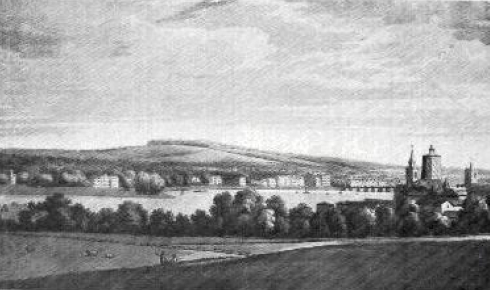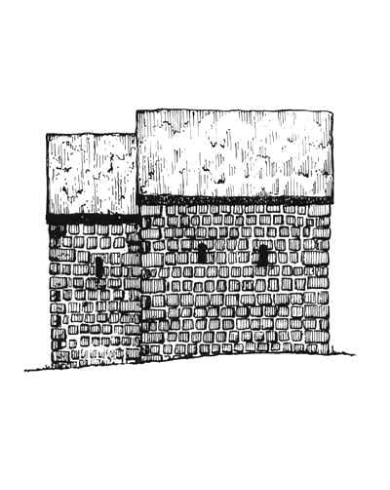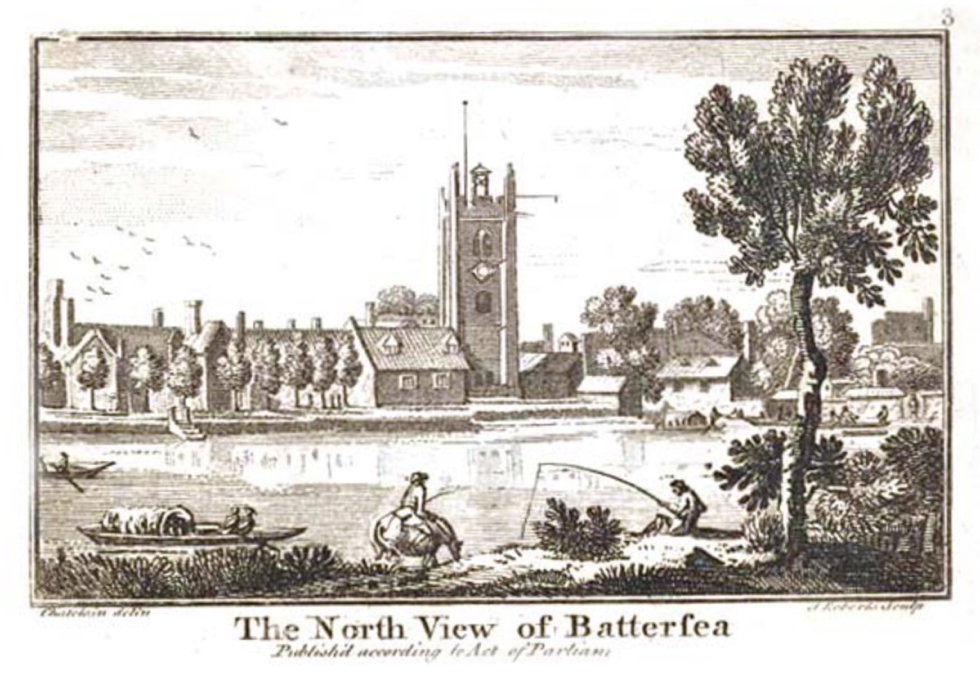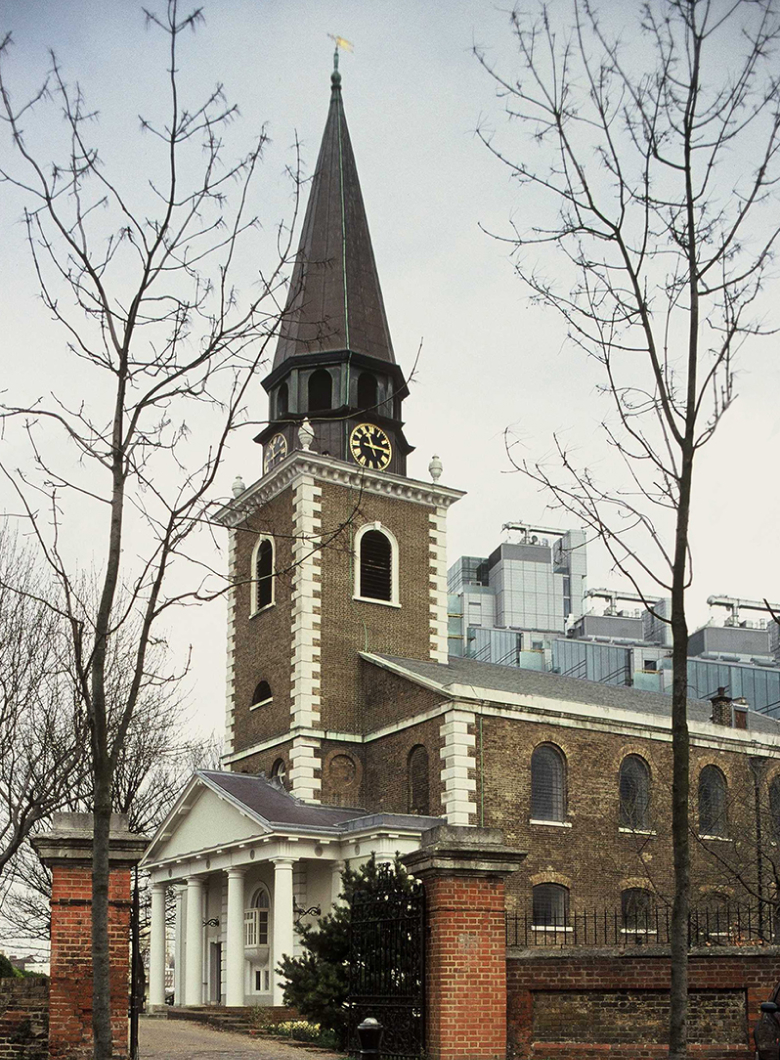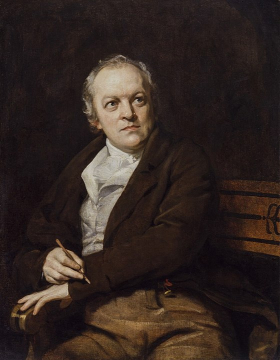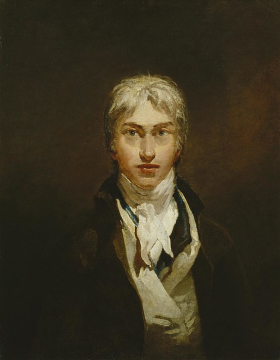The Medieval Building
In subsequent centuries the church was enlarged and modified substantially, so that it eventually bore little resemblance to its Saxon predecessor. The present East window was put into the east wall of the old church in 1379-80 by Henry de Yeverly, the King’s mason. The nave was extended and a chancel added. A side chapel was built in the South aisle in 1489 which was dedicated to Nicholas, the patron saint of sailors, a reminder that the Thames was then the only highway for transport, and must have dominated the economic life of the village. A new steeple, replacing an earlier medieval one, was built in 1639. It cost the princely sum of £469, and the bricks for the tower were made at the new factory in Latchmere, near the current Latchmere Road. A picture of the old church as it looked in 1738, after the rebuilding of the nave, and the addition of extra chapels and a new steeple, appears alongside.
Henry VIII’s Dissolution of the Monasteries in 1540 severed the connection between Battersea and Westminster Abbey, and the patronage reverted to the crown. It passed through several aristocratic hands, until 1625 when Sir Oliver St John became the lord of the manor, the first of many St Johns to do so. They remained the patrons of the parish and lords of the manor until 1763 when the rights were bought by Earl Spencer. Charles, Earl Spencer, the brother the late Diana, Princess of Wales, remains its patron today.
The fact that parishes keep registers and records at all is due to royal command of Henry VIII, given through his vicar General Thomas Cromwell in 1538, and St Mary’s is fortunate in having an almost complete series of records. You can read some of these on the Brief Book Page. From these registers through the sixteenth and seventh centuries, Battersea became an increasingly fashionable area. It was considered a desirable country retreat from the turmoil of London, and after the building of the first Battersea Bridge in 1766, many rich City merchants established their country houses here. The population of Battersea was expanding and out-growing the existing church. So, when in 1771 the vestry was called upon to consider “the ruinous condition of the church”, they agreed unanimously to pull it down and build a new church “for not less than £4,000″.
